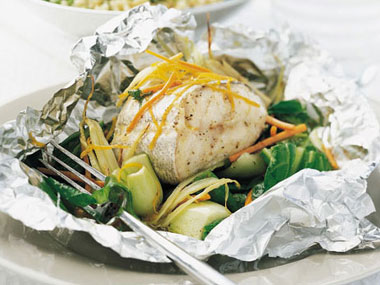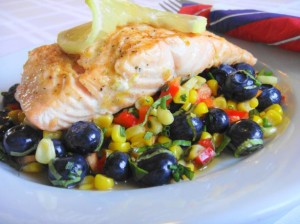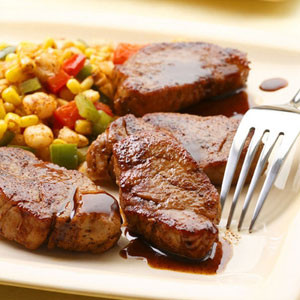
Diabetic Diet Recipes
 Diabetic diet recipes can be of great help for people suffering from diabetes, their families, and the caregivers.
Diabetic diet recipes can be of great help for people suffering from diabetes, their families, and the caregivers.
Recipes can be developed keeping in mind their diet restrictions and explained to them.
Understanding the symptoms of diabetes will help you craft out a good diet plan and choose the right kinds of food to eat at snack times and meals.
Types and Symptoms of Diabetes
Diabetes is a chronic disease in which a human body is either unable to produce insulin or limited to produce insulin to a certain extent only.
There are two types of diabetes.
- In Type I which is called uncontrolled diabetes, the patient’s pancreas is unable to produce insulin. Therefore, they require insulin injections at intervals for the rest of their lives on a daily basis for their survival.
- In Type II or controlled diabetes, a human body is producing some insulin, but the quantity is not enough to clear all the extra glucose present in the blood.
Diabetic patients are treated with oral hypoglycemic drugs to maintain their blood sugar within normal range, diet restrictions, and exercise.
The basic function of insulin is to metabolize all the glucose in the blood and keep it within normal range.
Lack of it causes the blood sugar level to rise.
Recommended Foods for Diabetes
 In uncontrolled or type I diabetes, insulin is required therefore diet restriction is not needed all the time.
In uncontrolled or type I diabetes, insulin is required therefore diet restriction is not needed all the time.
But in type II or controlled diabetes diet plays a significant role in regulating blood sugar and keeping it within normal range.
These people need to limit their intake of carbohydrates.
Cereals, vegetables, and fruits are the primary sources of carbohydrates.
Few of these food items contain a high amount of carbohydrates for example potatoes, sweet potatoes, rice, bananas, mangoes and so on.
Concentrated sources of carbohydrates like simple sugar are usually omitted and replaced by alternatives.
For sweetness, a highly recommended choice is Stevia which is a natural sweetener that does not contain sugar.
Rest of the food items are restricted to certain extent keeping in mind individual needs and requirements.
Patients are advised to exercise to bring their extra blood sugar down.
People suffering from type II are allowed to eat almost everything but in restriction and in exchange of each other and in limitation.
Palatability, variety, and aesthetic sense are points that need to be considered while planning their diet.
Alternatives should be provided for each restriction.
Each meal should be designed for a nutrient-dense diet.
People who are suffering from diabetes have more chances of developing other chronic diseases for example hypertension, cardiovascular, stroke, renal, etc.
They should be advised to take a diet that is low in fat, salt, and cholesterol.
They should be provided with a list of food items that they can eat freely.
Restrictions on a diet make people disheartened and lose hope.
They should be encouraged to see the positive side of the picture and the foods in a variety of ways that they are allowed to eat.
There are lots of food that they can enjoy in abundance.
They should be advised not to overeat meat items.
Exercise can be a lifeline if strict diet restrictions are difficult to follow.
Many sweet dishes can be prepared using artificial sweeteners and alternatives.
Rice dishes can be used in limitations.
Potato can be used in an exchange of cereal group.
Low-fat meat and white meat is better.
Oil is better than butter or any kind of saturated fat.
Eating healthy starts with knowing the kinds of food you use in your recipes and the cooking methods you use.
Don’t underestimate the POWER of Food for GOOD HEALTH!
Join us in the upcoming hands-on cooking class and learn to cooking healthy and delicious meals for a healthier life!
